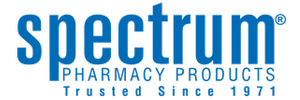July 17, 2024
Magic potion potential? Let’s talk about methylene blue
What if you were told there was a single drug that had been around for 100 years that acts as a potent antioxidant, improves mitochondrial and cognitive function and mood, and has anti-microbial, anti-inflammatory, and neuroprotective effects? You’d hardly believe it because it sounds too good to be true. However, the synthetic dye methylene blue is used for all of these purposes and more.
Methylene blue is a blue dye and bioactive substance. The first synthetic drug developed in modern history and originally used in the treatment of malaria, it was first approved by the FDA to treat methemoglobinemia, a rare blood disorder that affects how red blood cells deliver oxygen throughout the body. It is on the World Health Organization’s list of essential medications. Now, it is better known as a fish tank antiseptic and a dye for blue jeans.
It has been used for many different illnesses and conditions over the years, including Lyme disease, dementia, Alzheimer’s disease, stroke, traumatic brain injury, COVID, profound hypotension, urinary tract infections, post-traumatic stress disorder, cancer, MRSA infections, and phobias. It has also been used for neuroprotection and to enhance memory and other cognitive functions. All of these uses are in addition to its traditionally accepted medical uses, like serving as an antidote to cyanide poisoning.
Methylene blue is commercially available as an injection that is typically used in a hospital setting. If your doctor writes a prescription for methylene blue, it will likely need to be prepared by a compounding pharmacy. You can sometimes find methylene blue “over the counter” at pet supply stores (to be used in fish tanks) or on the internet; however, non-USP grade methylene blue can contain toxic impurities and heavy metals. Patients are advised not to take these kinds of methylene blue formulations. Compounding pharmacies must source USP-grade methylene blue from FDA registered manufacturers or wholesalers. These sources provide the drug powder to pharmacies with a certificate of analysis showing testing was performed to assure the drug has no impurities.
Compounded methylene blue is usually given orally in the form of a capsule, solution, or lozenge. It is very blue and can stain both skin and clothing. Patients will note that even their urine turns blue after oral administration of methylene blue. It was used by soldiers up until the second world war for treatment for malaria, who noted: “even at the loo, we see, we pee, navy blue.” In some cases, it can cause mild side effects like nausea or headache. Side effects of methylene blue are dose dependent and are minimal with the doses used in integrative medicine. Serious adverse effects are infrequent but should be reported to a patient’s provider and pharmacist. It can interact with other medications that increase serotonin levels, like antidepressants, so make sure to talk to your provider or pharmacist about other medications you are taking if you are prescribed methylene blue.
Many providers are not aware of the potential uses of compounded methylene blue. Older drugs often do not have pharmaceutical companies financially backing them and performing the rigorous double-blinded placebo controlled clinical trials that are published in medical journals. However, there is quite a bit of evidence out there supporting methylene blue’s use for a variety of conditions. A search of biomedical and life sciences research for methylene blue comes up with more than 2,500 articles. If you are interested in using methylene blue, but your provider doesn’t know a lot about it, you can always direct them to your local compounding pharmacist. They would be happy to discuss compounded options for methylene blue or any other treatment possibilities for your condition or disease.
By Tenille Davis, PharmD, RPh, BCSCP, FACP
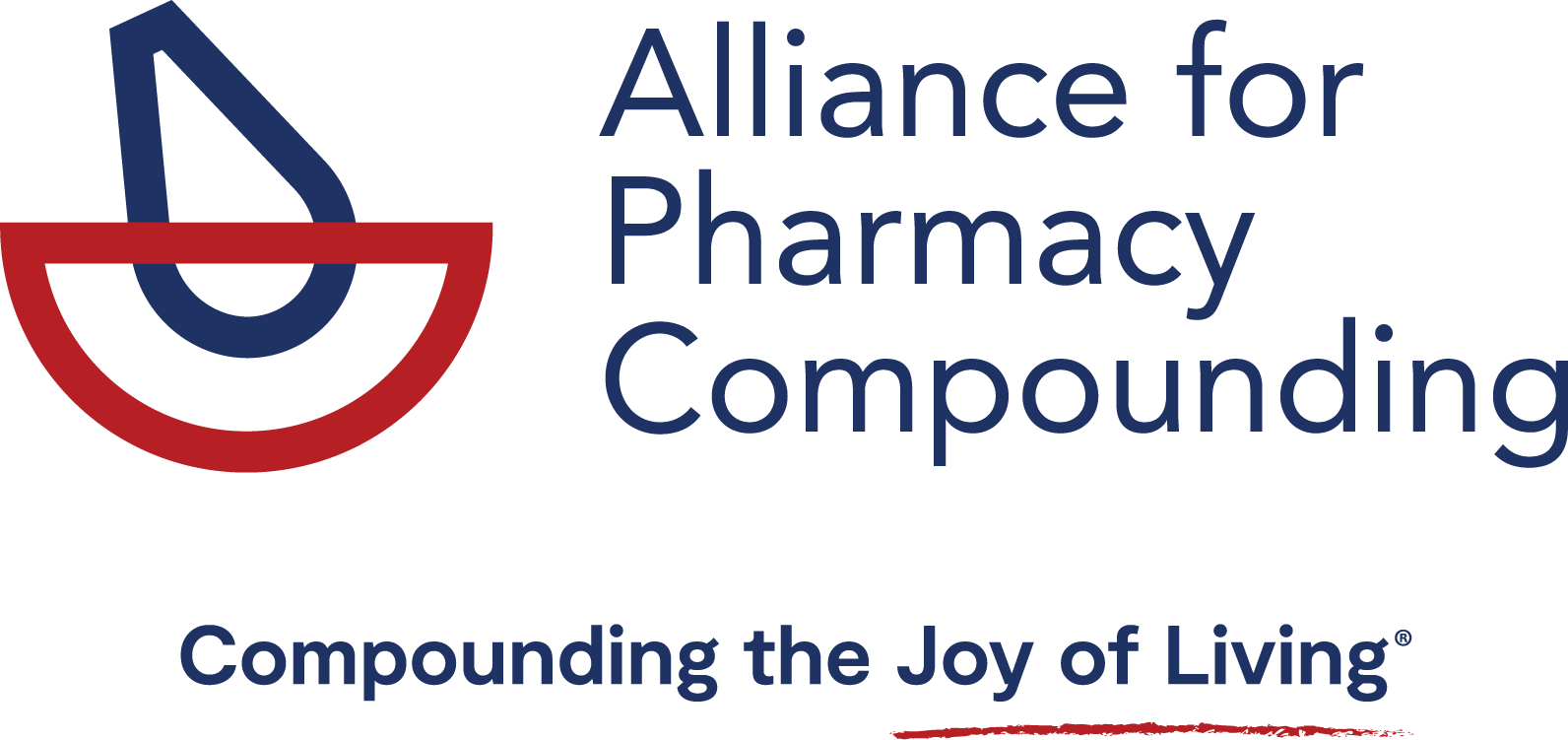



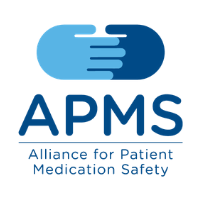


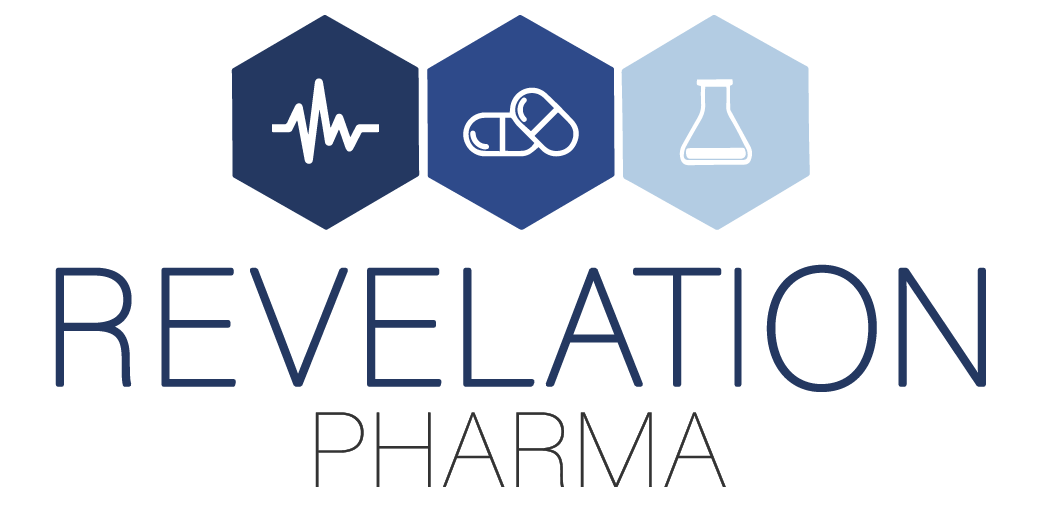


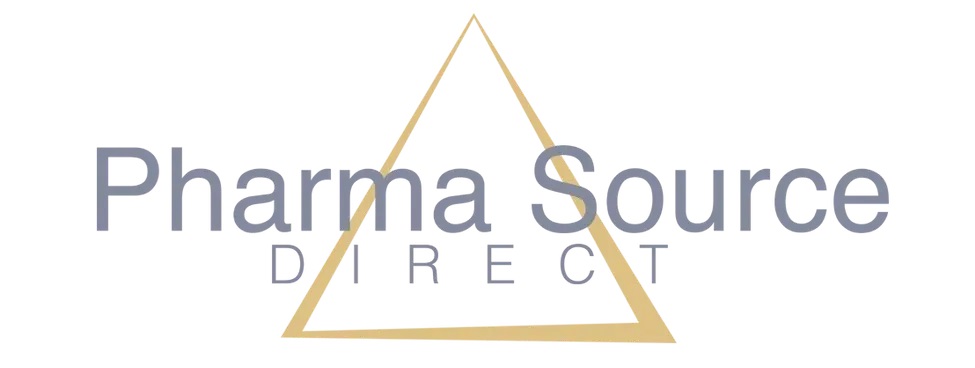





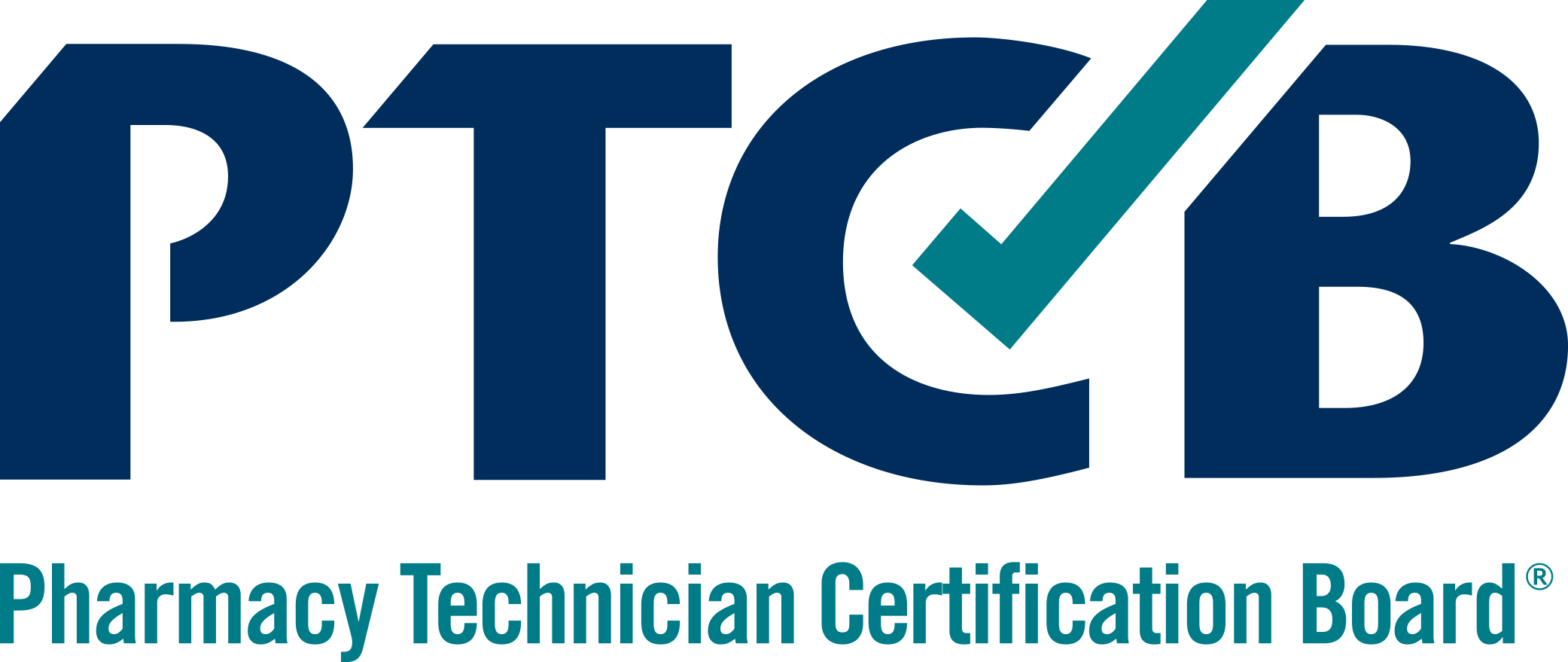


![Topi-CLICK a Division of TEAM Outlines[1]](https://a4pc.org/files/Topi-CLICK-a-Division-of-TEAM-Outlines1.png)





